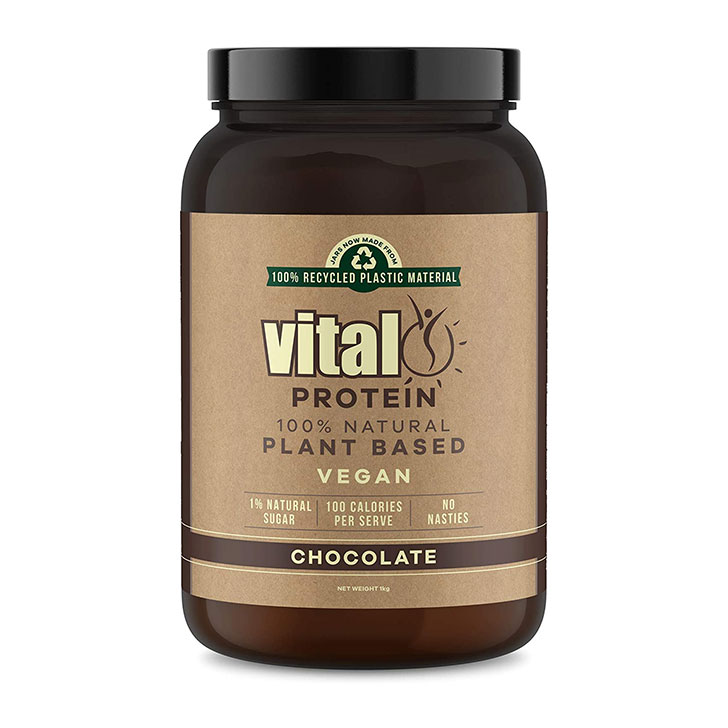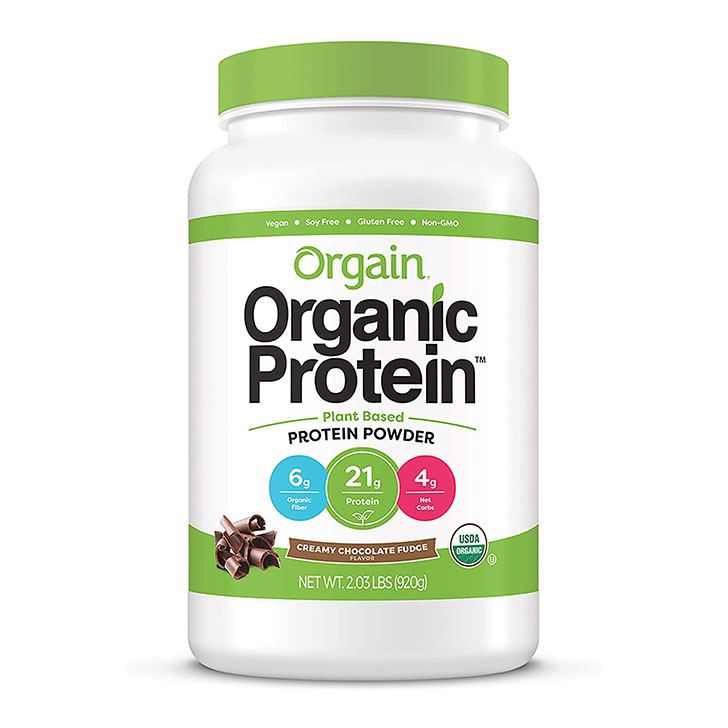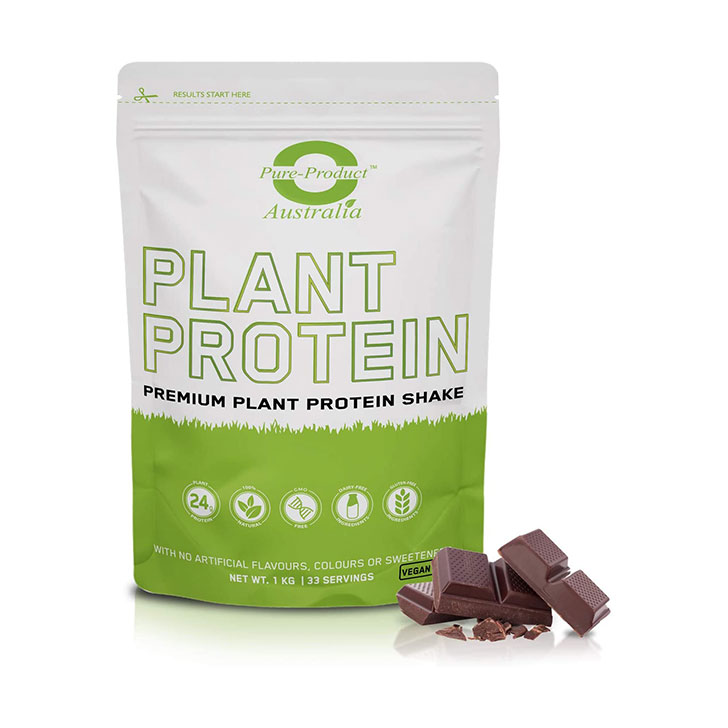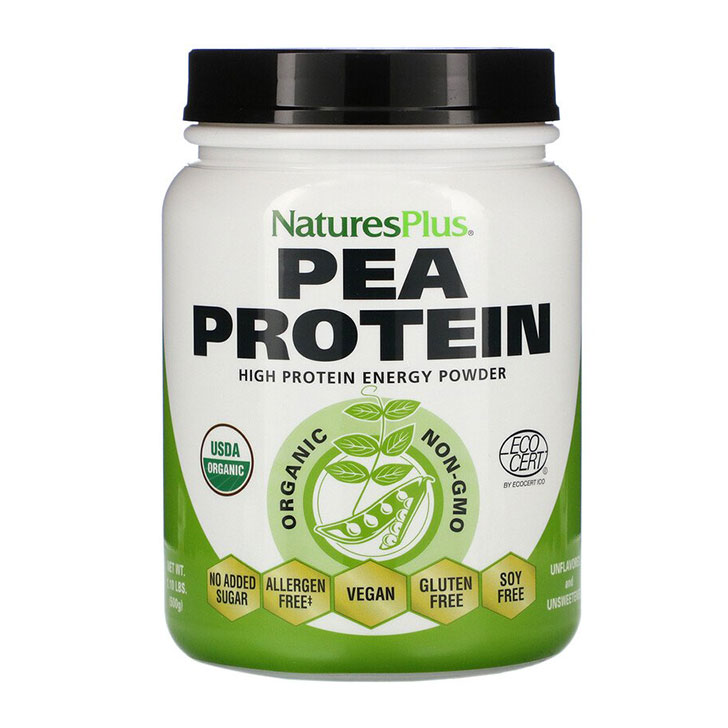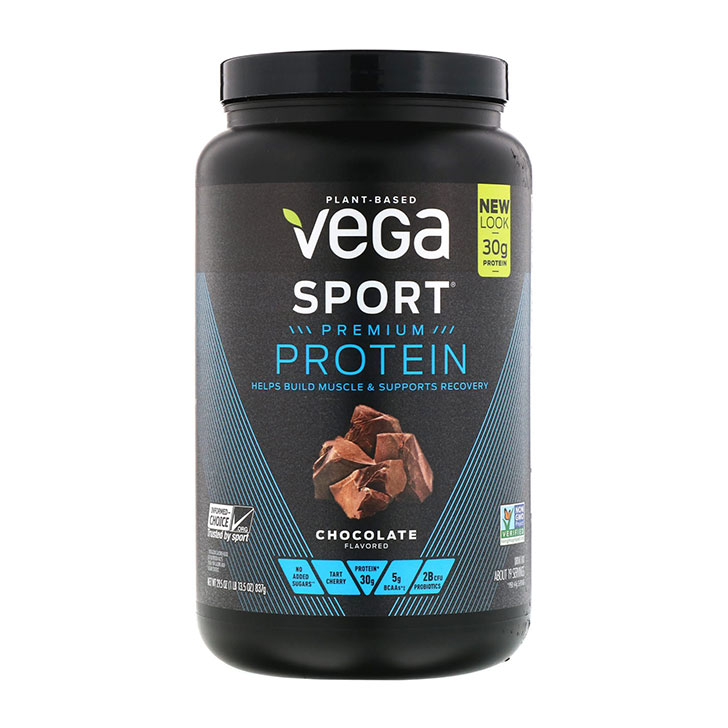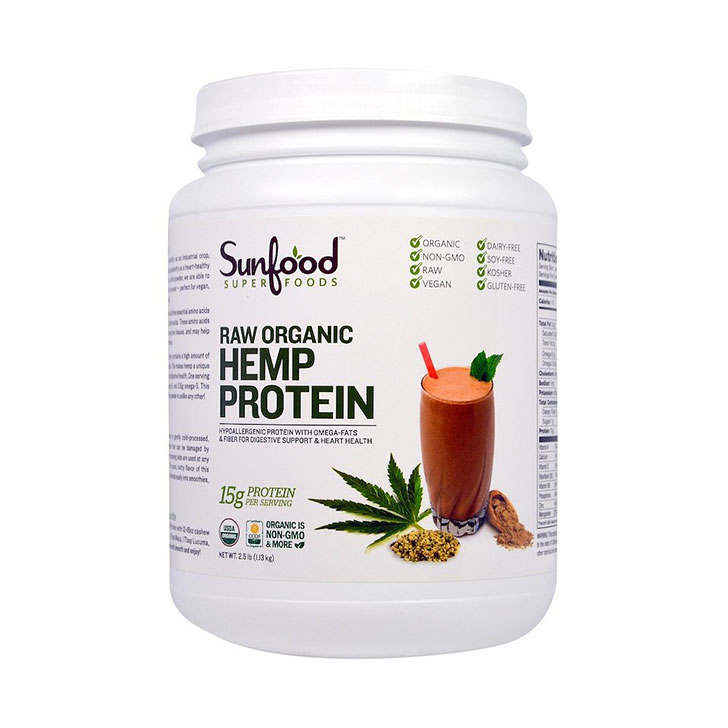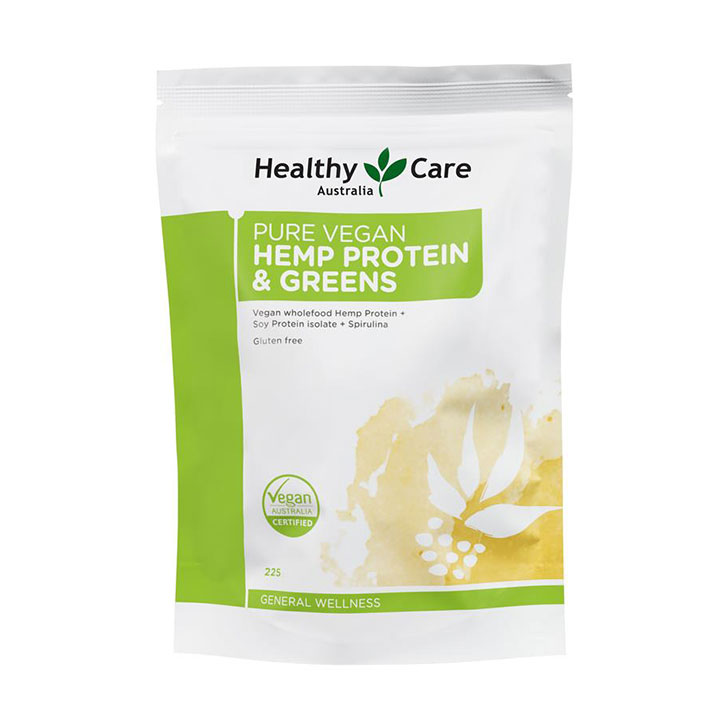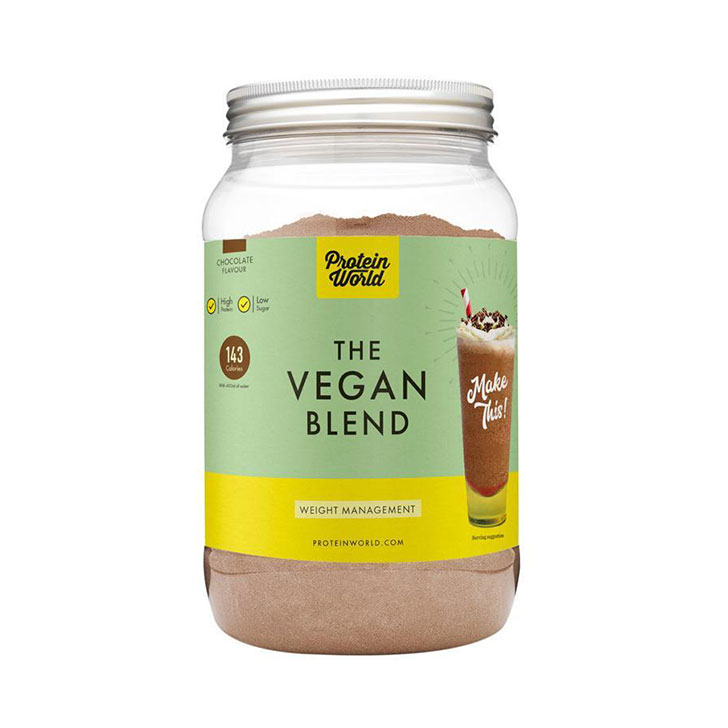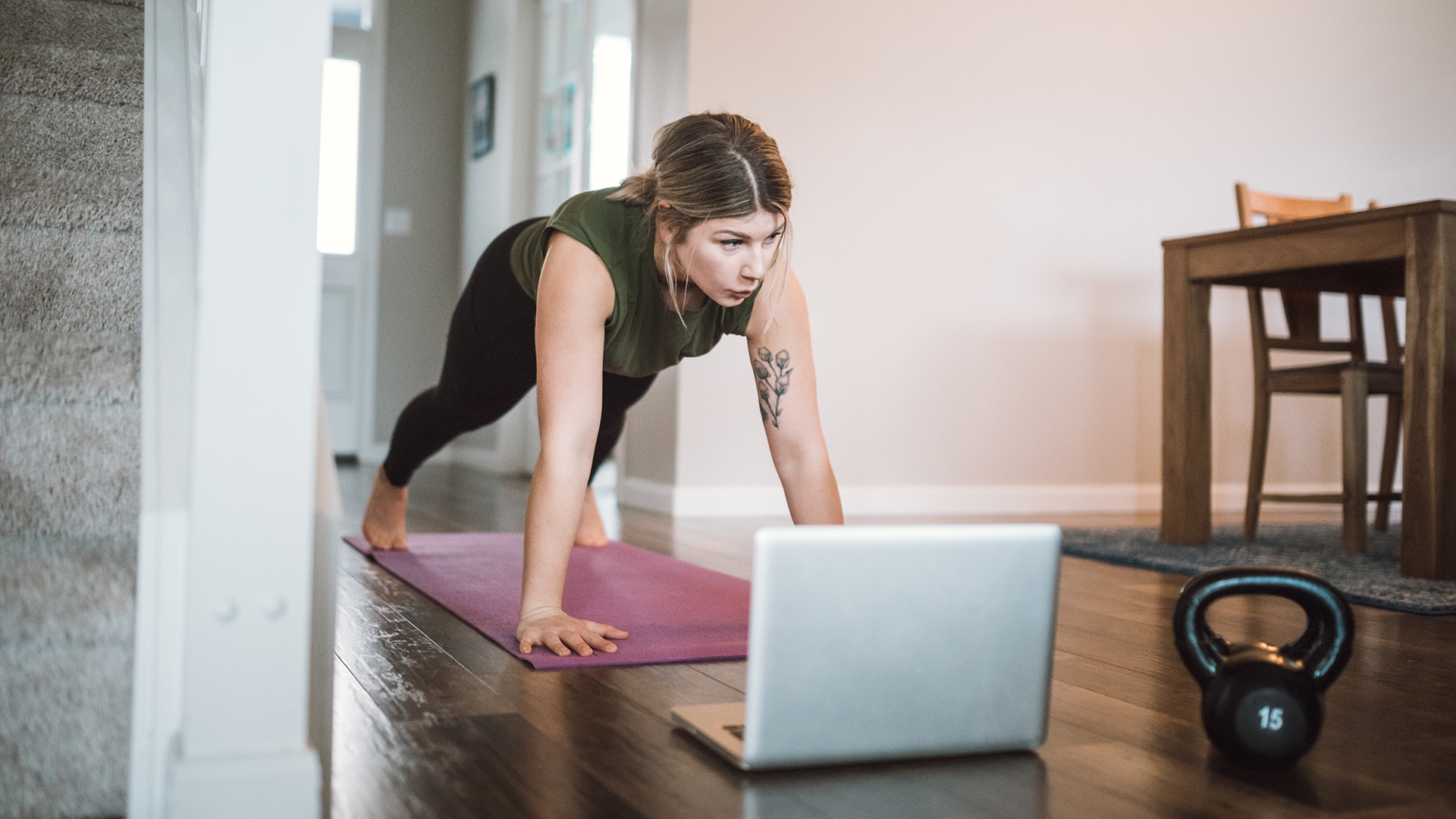Growing out a beard takes time and effort, but not nearly as much as maintaining it. Some folks seem to be able to sprout facial hair with ease while others struggle with the likes of patchiness or
beard dandruff
and ultimately give up before they’re able to proudly wear the facial fur of their dreams.
If you’ve overcome those hurdles and you’ve got your facial growth happening at a pleasing pace, it’s time to consider what – and when – you should start working on to keep your new beard in the best possible shape. Here’s what you must do to keep your beard looking its best.
One man’s rough beard is another man’s ideal beard
Is there a single ideal beard shape and size that you should aspire to have? Absolutely not, and with that in mind, you do need to consider what kind of beard you actually want. There’s nothing wrong with a mega-trimmed style beard if that’s what floats your boat, but equally there’s nothing amiss with a full-on Wildman mountain beard either. A beard that looks amazing on one face might look terrible on another.
It’s your face, your ability to grow and ultimately your choice, although your relationship status may also invite commentary and critiques from interested parties. One of the great things about beard ownership is that it’s also a facial state that can be fluid, because you can adjust your beard’s style and shape with carefully managed changes before you settle on a style… for now. Your summer beard doesn’t have to be your winter beard, and there’s a lot of scope for experimentation and fun. Just remember to clean up the sink when you’re done.
Maintenance doesn’t have to take forever
So what you
must
do to keep your beard in trim? We’ve heard from
anti-hipsters on simplified beard routines
and I once asked WWE’s
Daniel Bryan for beard maintenance tips
– for the record, he favours coconut oils – but once you’re happy with your style designs, it comes down to just a few simple tools.
Dirty beards are the worst
The very basis of beard maintenance involves keeping your beard hair clean and in the best possible condition. Remember that comment above about how there’s no real “wrong” beard style, because it is a matter of personal taste? The exception to that rule is a dirty beard. No, jokes about how you’re saving those toast crumbs “for later” aren’t funny. They’re just gross.
The beard cleaning industry has loads and loads of different takes on the ideal shampoo, conditioner and treatment oils that you can apply to your beard to keep it not only clean but in fine condition. Seriously,
check out the category on Amazon
and you’ll see more than a few choices to pick from.
The challenge here is finding an approach that works for you, and it’s far from a one-size-fits-all matter. Some blokes do just fine with regular shampoo and conditioner, while others swear by beard oils and butters and unguents of all kinds. Most beard oils are effectively conditioners that can help some beard wearers with a smoother beard, while beard balms are typically used to add a little volume and shape to your beard. It’s the one area where you will have to take a little time and have a little patience to find products that click with the chemistry and look of your personal beard.
One general purpose tip here, however, is to be calm and gentle with your beard after you’ve washed it and you’re waiting for it to dry.
Imagine your freshly washed beard is a friendly kitten. If you grab the kitten too roughly and thump it with a towel, it’s going to bite back and scratch you, and in beard terms this will take the form of split ends and an uneven and uncomfortable beard surface. Plus, it’s fun to imagine your beard as a tiny kitten, but don’t take it too far. On no account should you try to feed your beard tuna, for example.
How to trim and shape your beard
Left alone, most beards will grow to the point where you’re likely to be mistaken for folks who live in handmade wood cabins, write manifestos and consider pants optional because their beards
are just that damned long
in the first place. Again, if that’s your style, more power to you, although I probably don’t need to read your handwritten notes on the secret lizard conspiracy if that’s okay by you.
You may want to consider a
dedicated shaving mirror
, and their magnification features can be handy for that close-up trimming work, although you don’t (or shouldn’t) go nuts looking for a fog-free option. While it’s tempting to trim your beard right after you’ve gotten out of the shower and you feel your beard is as clean as it’s going to be, a wet beard doesn’t shave or look the same as a dry beard. Unless your day job is frolicking in waterfalls, you’re going to spend more of your time with a dry beard, so you should trim it when dry, rather than when it’s wet.
A good
beard comb
is the foundation of your maintenance routine, because you always want to start small. Preferably opt for a double sided comb with finer teeth for combing out your moustache, because it’s at the centre of your face. Getting your moustache trim wrong can do more to change the appearance of your beard and face than any other factor.
You’ll also need some dedicated
facial hair scissors
. Yes, you can make do with anything that cuts, technically speaking, but a small and sharp and precise pair of scissors will let you more accurately shape your face the way you want to.
Then you’ll need some kind of
hair trimmer
. Many full hair trimming kits include cutters quite suitable for beard trimming, so you don’t have to opt for a beard-specific model if you have other needs, although many of the beard-focused kits include smaller cutters that can make it easier to achieve specific styles.
Even with the wide array of style choices, there are a few very simple maintenance routines that just about every beard wearer should be following when it’s time to manage their unruly facial hair:
-
Start with the comb, and straighten out your beard hairs, including around the moustache.
This will make it
much
easier to identify where you want to gently reduce, and where you’re going to need a more stringent cutback process.
-
Then use the scissors to trim smaller areas and individual hairs that may warrant removal.
For the cheek line, start high and work your way down your face, removing smaller areas of hair. What you don’t want to do here is over cut and remove a big ol’ chunk of your beard at the cheek, because that rarely looks anything but mangy.
-
It’s generally a good idea to know how much shorter you really want your beard to be.
But if you’re totally unsure, when it comes time to use the trimmer, start with a higher guard length to remove as little as possible. Remember, you can always trim
more
to achieve a look, but if you go too far all you can do is wait until you grow the hair back.
-
Check what the guard lengths on your trimmer actually mean, because some may use metric while others stick to imperial measurements.
Ultimately you’re looking for a trimmer length that makes you happy, but bear in mind if you change or update your trimmer, the numbers on the heads might not mean the same thing.
-
Want to avoid the dreaded neckbeard?
You probably do, and for that area you’re generally best off either using a razor or your unguarded trimmer to remove those lower neck areas that can sprout wild and crazy growths. However, what you want to do here is avoid going too high, because that can give your beard a really unnatural cut-off point. Typically, you’re looking for a smile shape a centimetre or two above your Adam’s Apple, curving up towards your ears, which you can easily form with your hand under your neck. Anything in front of your hand/towards your chin gets to stay, while anything under or behind is is where you want to eradicate hairs entirely.
-
Take it slow.
This is the single most important point. A good beard trim, like a good beard takes time to perfect, but if you rush you’re going to either miss hair you want gone, or more likely remove vital parts of your beard, leaving you with a patchy mess. The good news is you can always shave right down and start all over again – but even that will take time to do. It’s better to take your time and work slowly to achieve your beard goals than think you can get it all done in just a few minutes each morning.
-
Don’t forget the skincare!
If you’re wearing a light beard, moisturise and slap on sunscreen, because that smaller beard isn’t going to do much to prevent skin damage. Longer beard wearers can find this a trickier matter, but it’s worth persevering and also considering other shading options such as hats. Beards are awesome, but skin cancer totally isn’t.
The post
The Ultimate Beard Maintenance Guide for Men
appeared first on
Lifehacker Australia
.

chevron_right

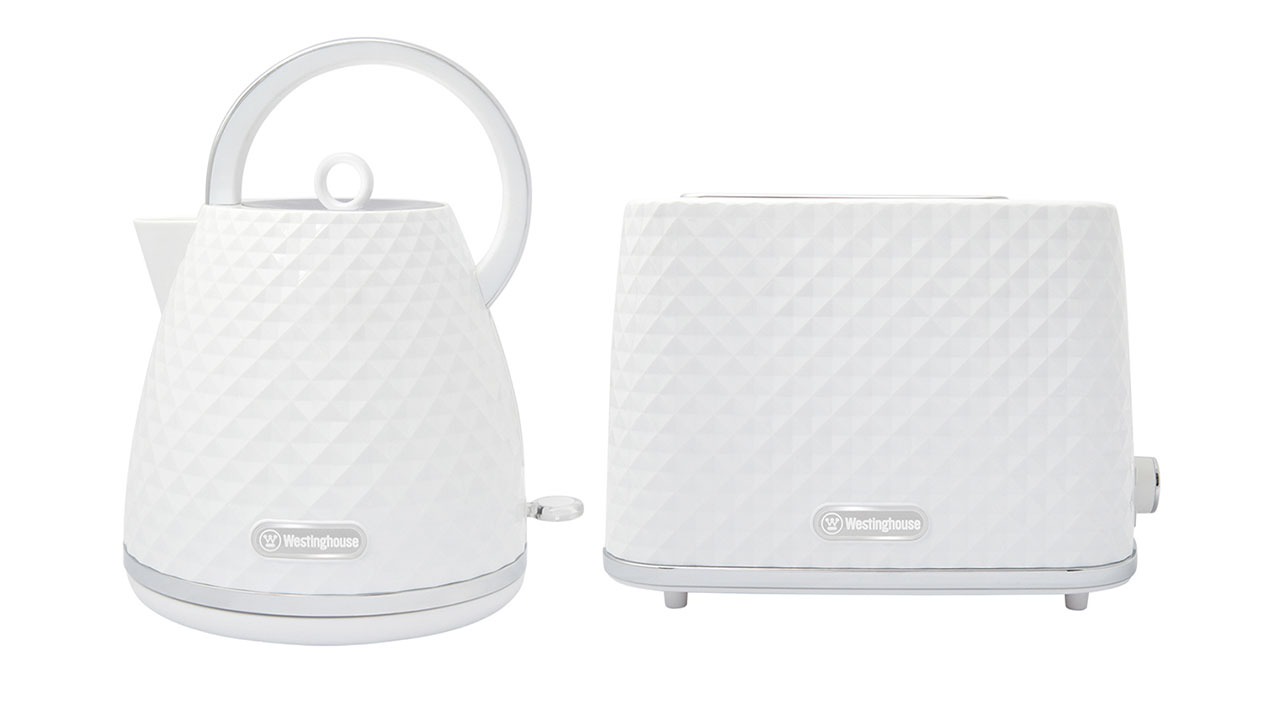
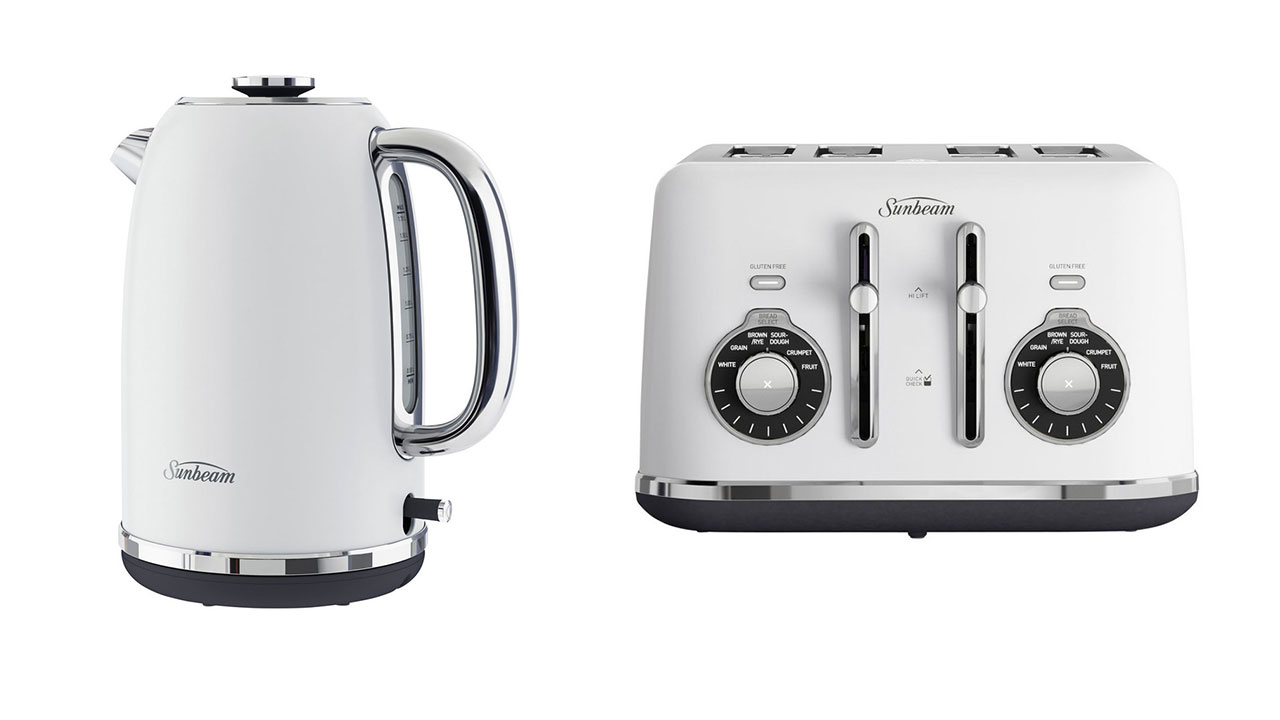
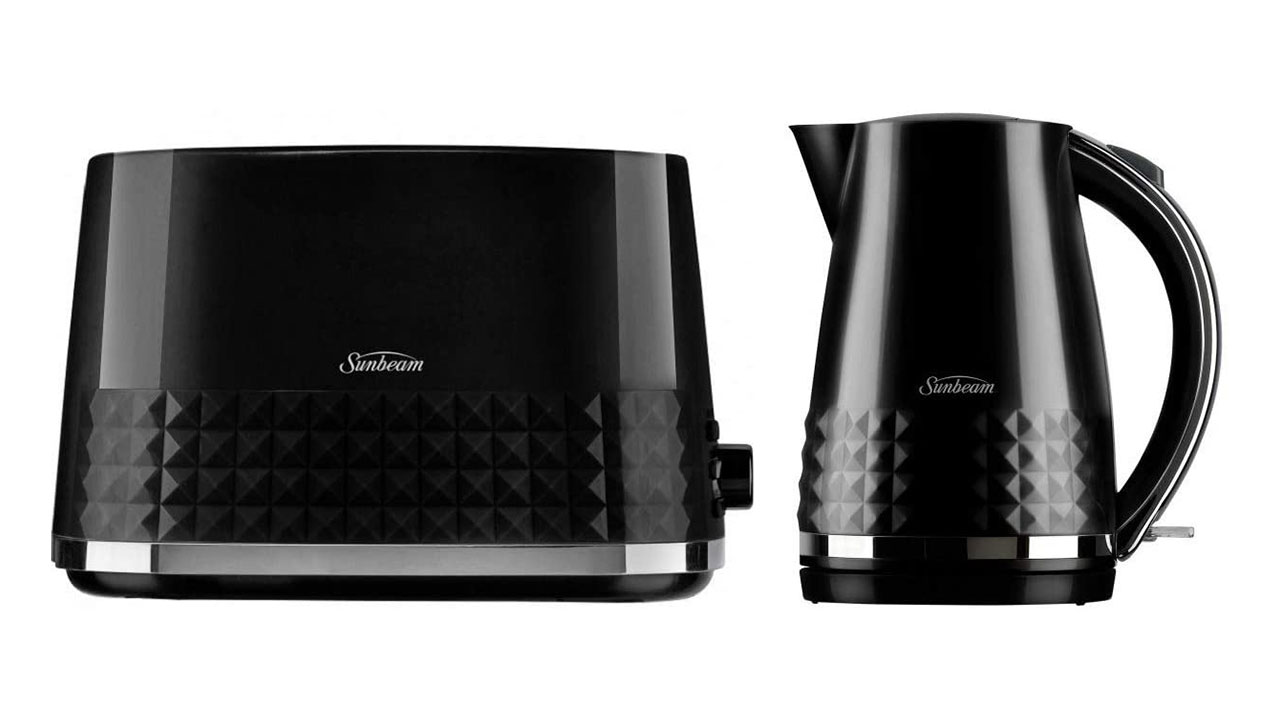
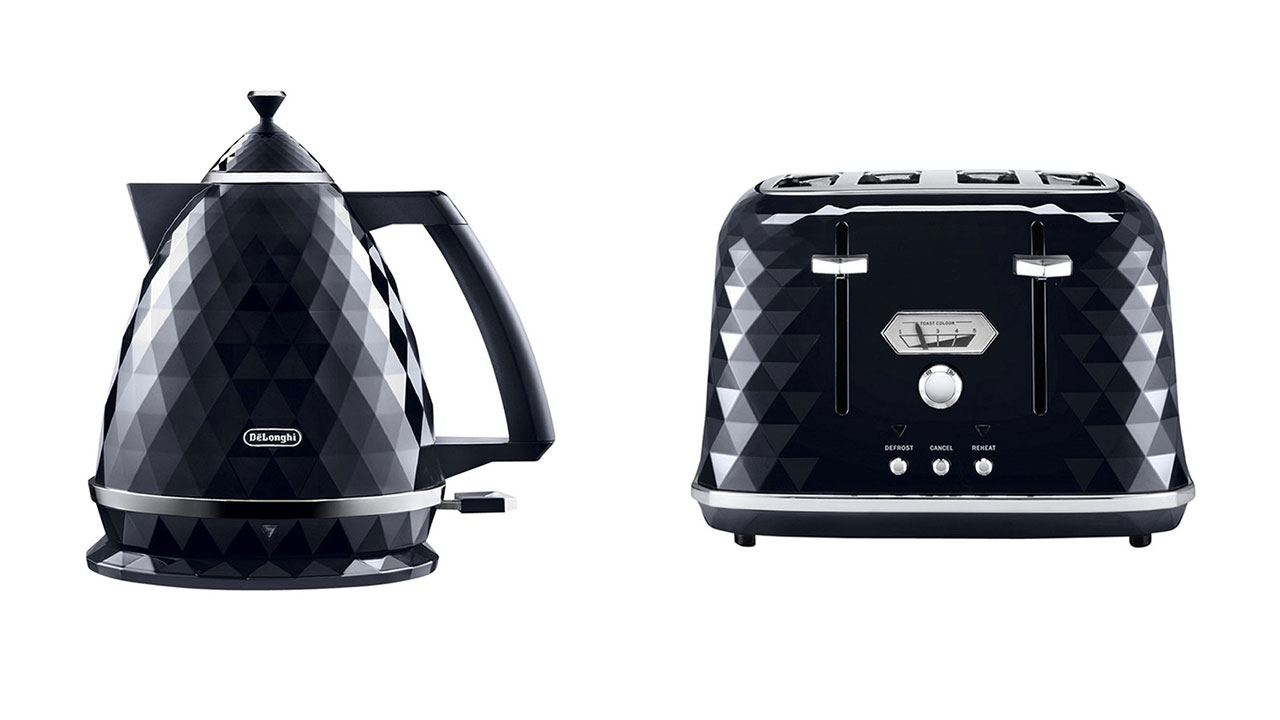


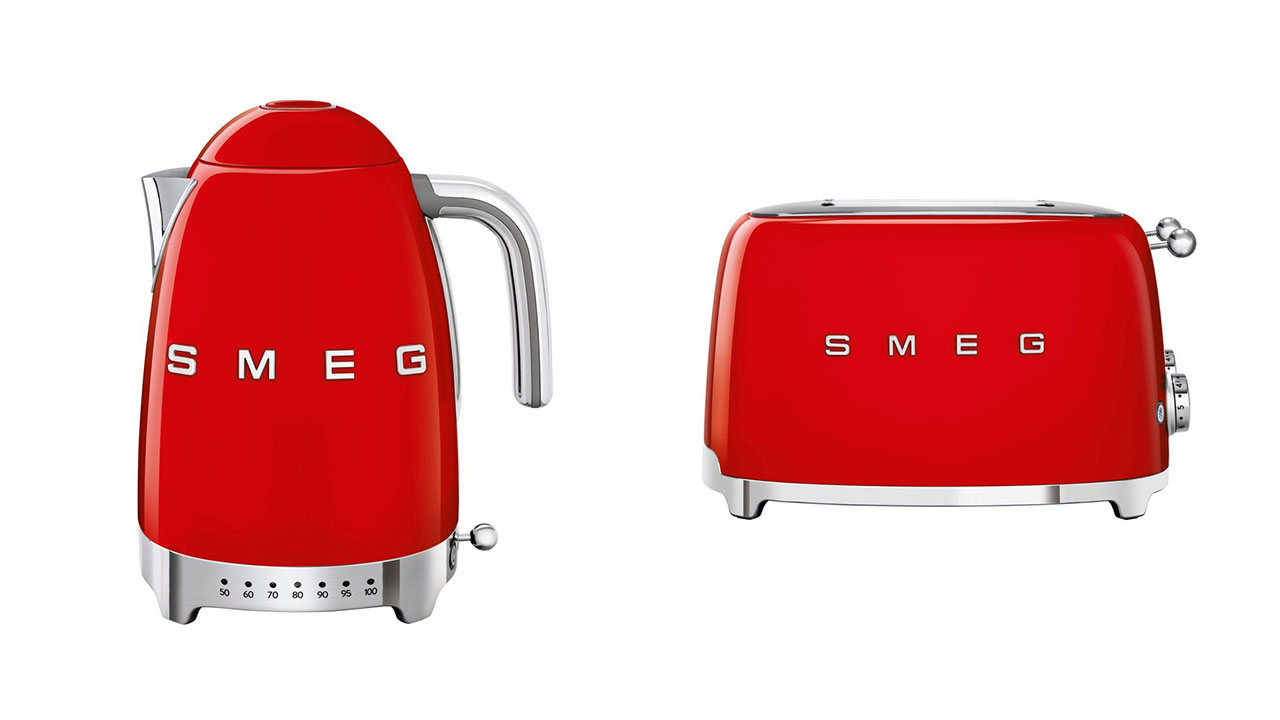
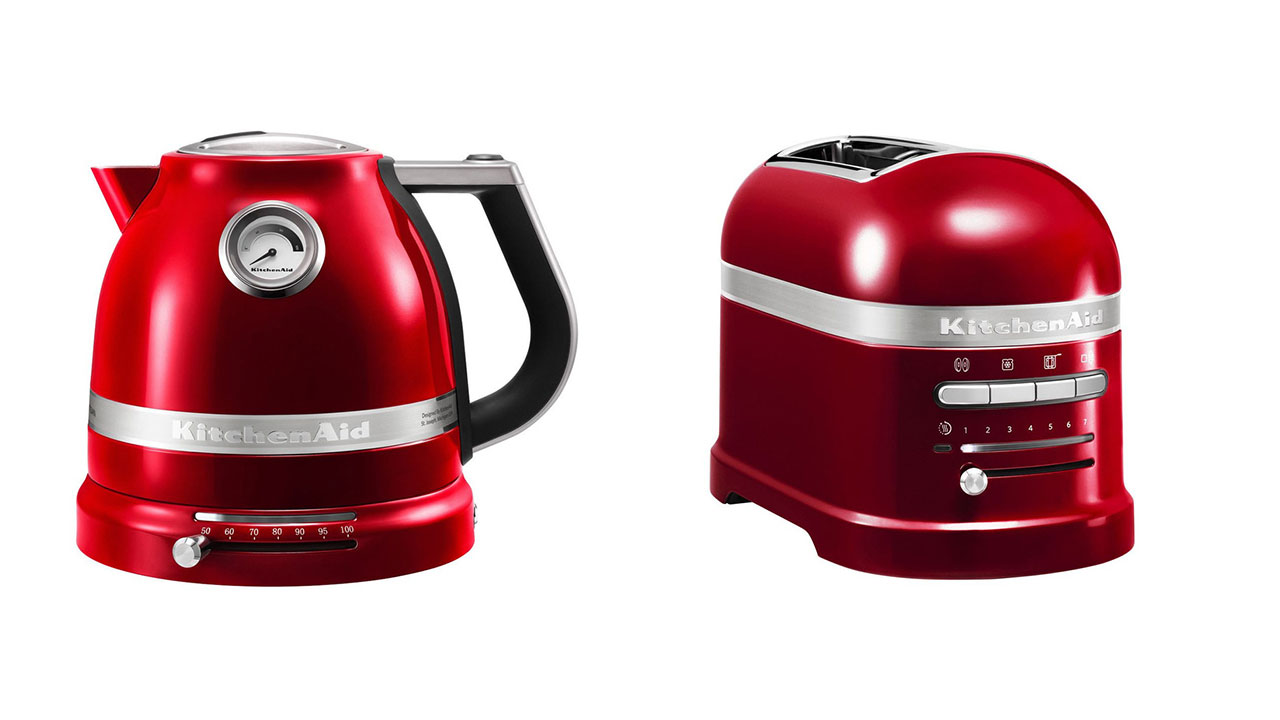
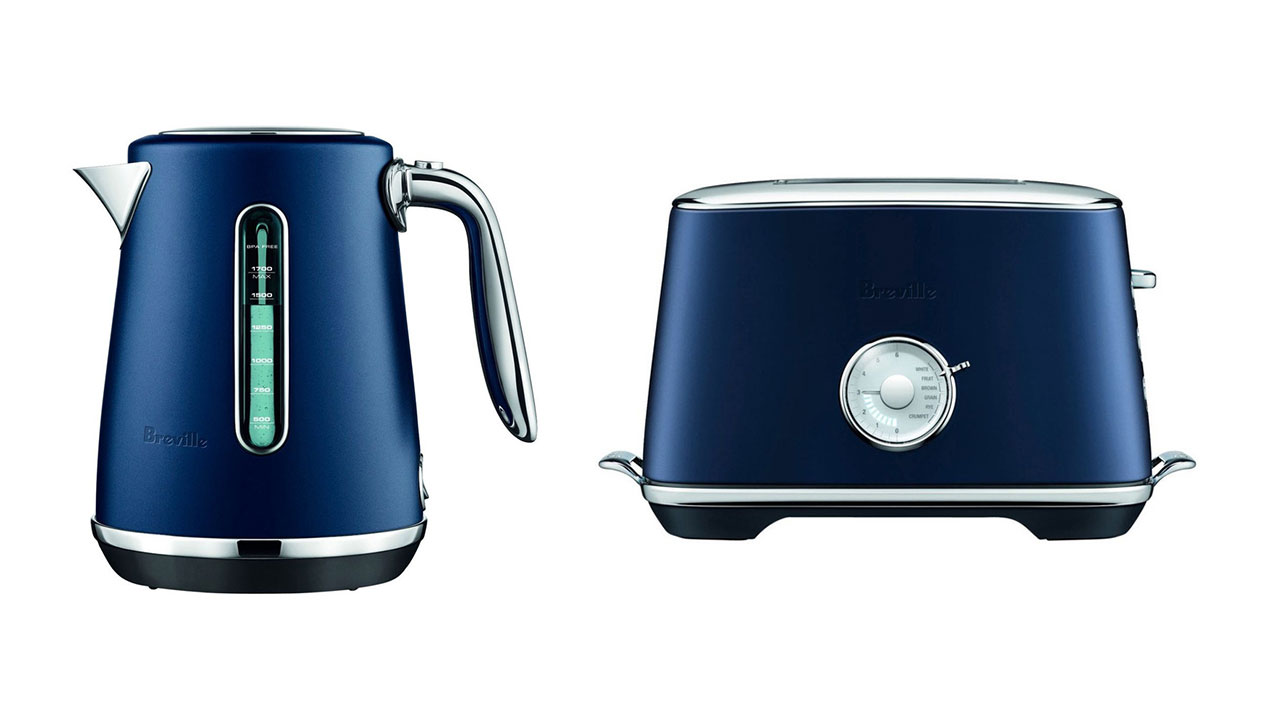
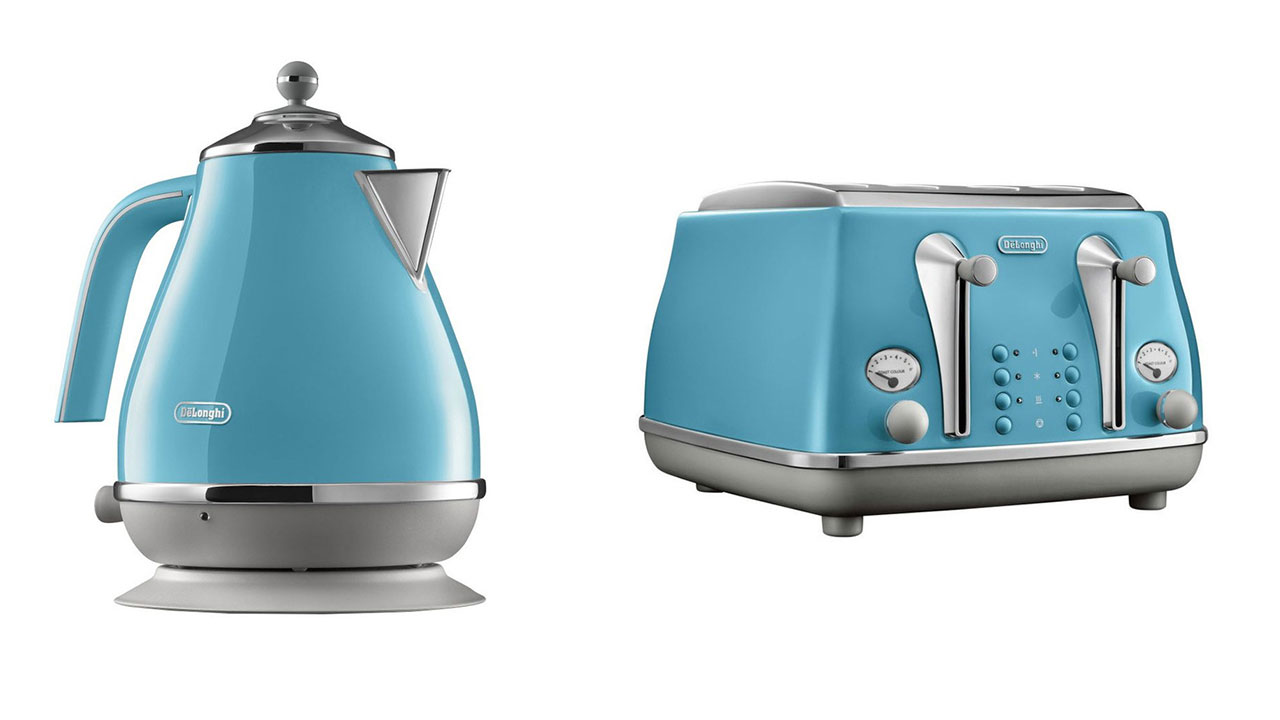
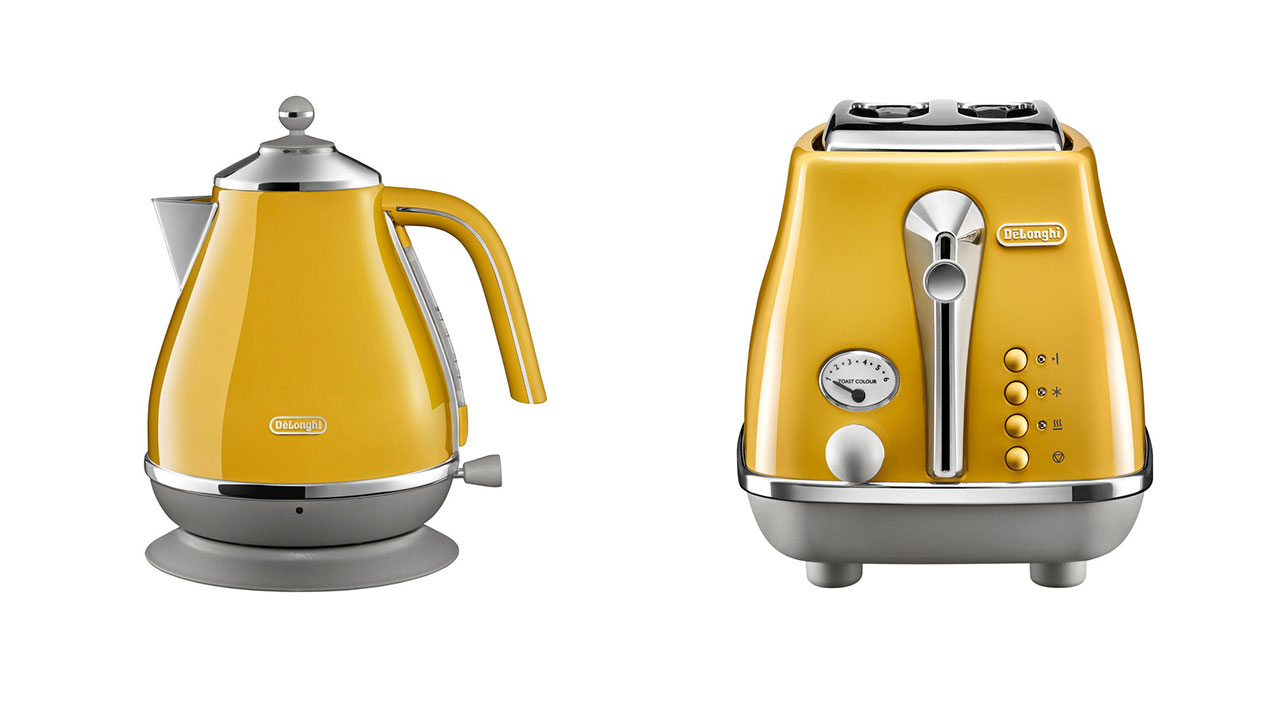
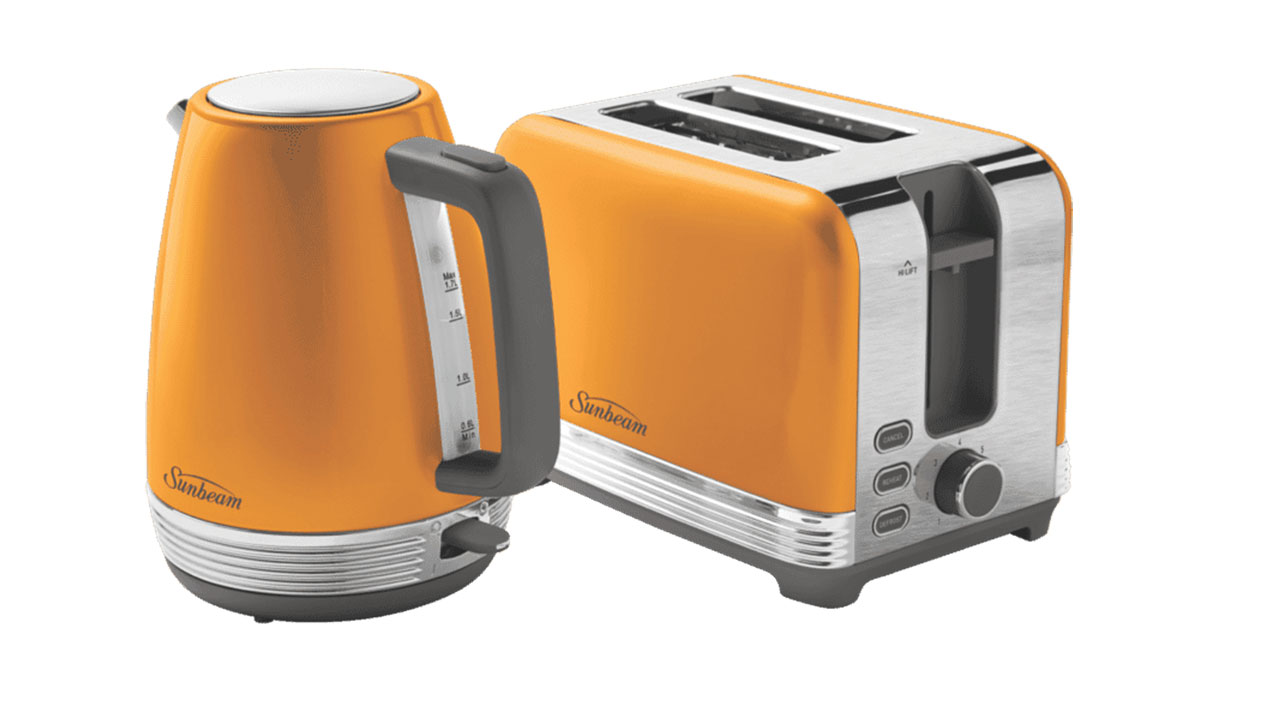
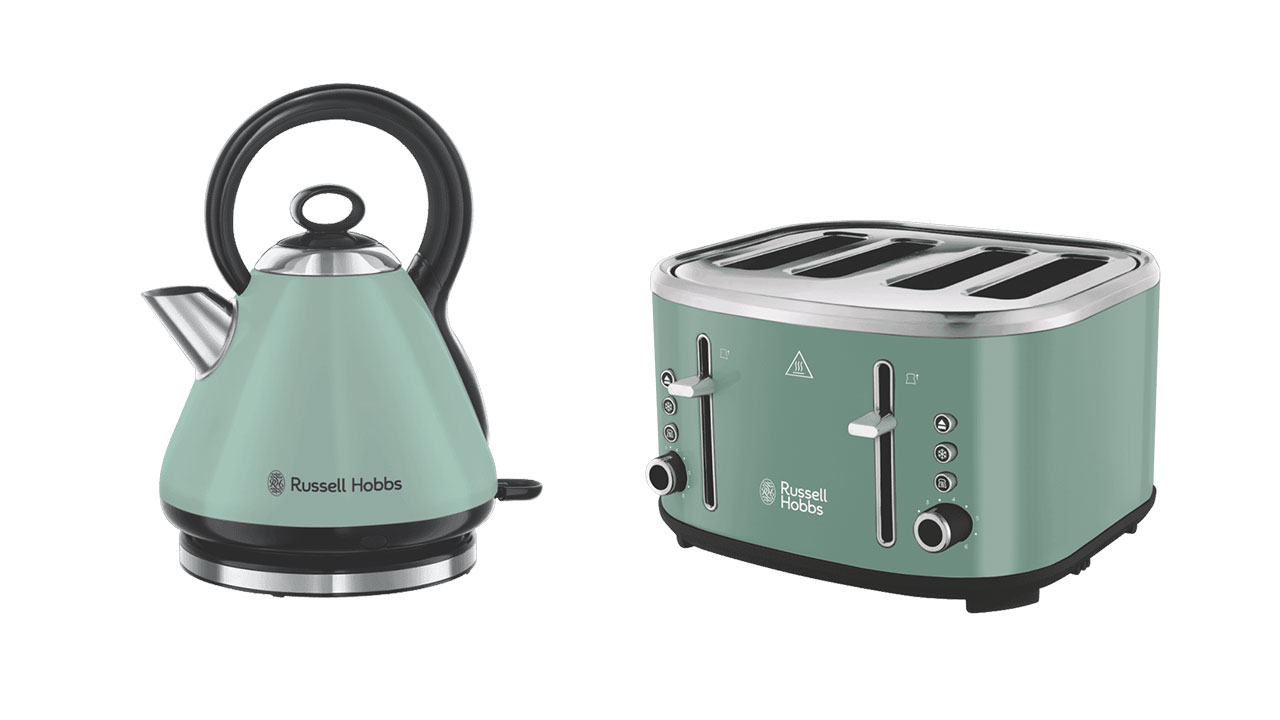
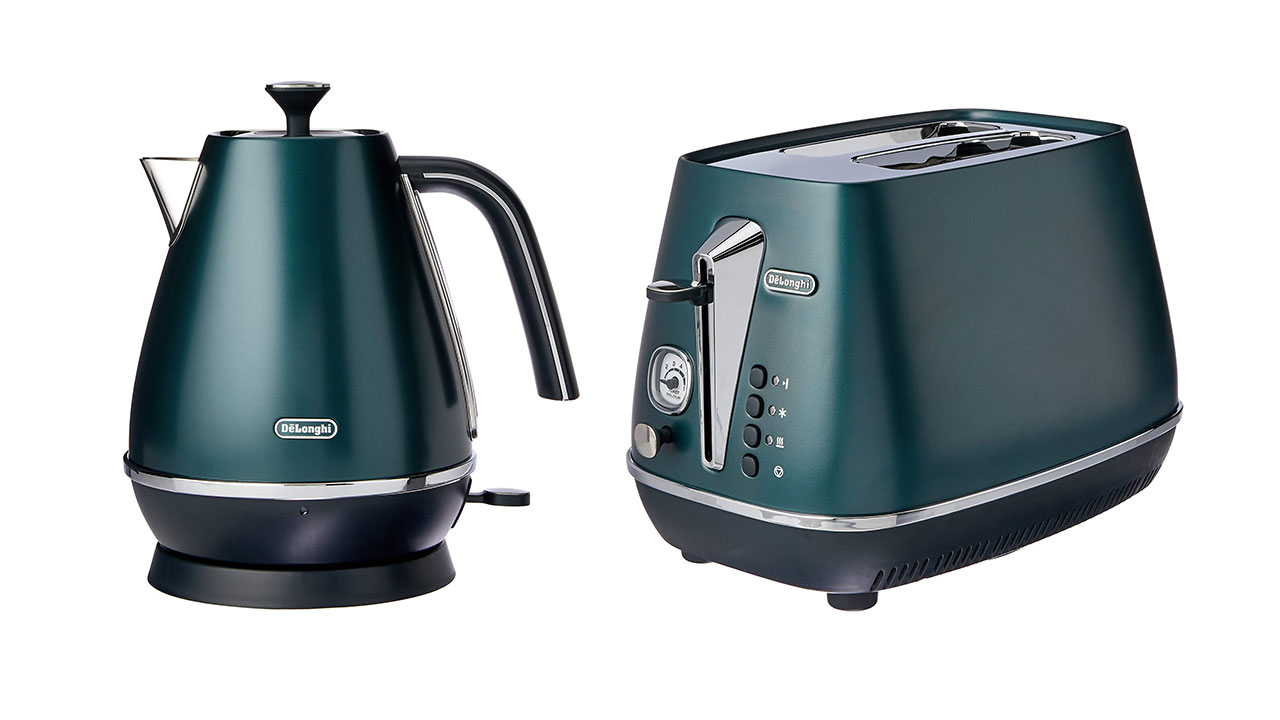
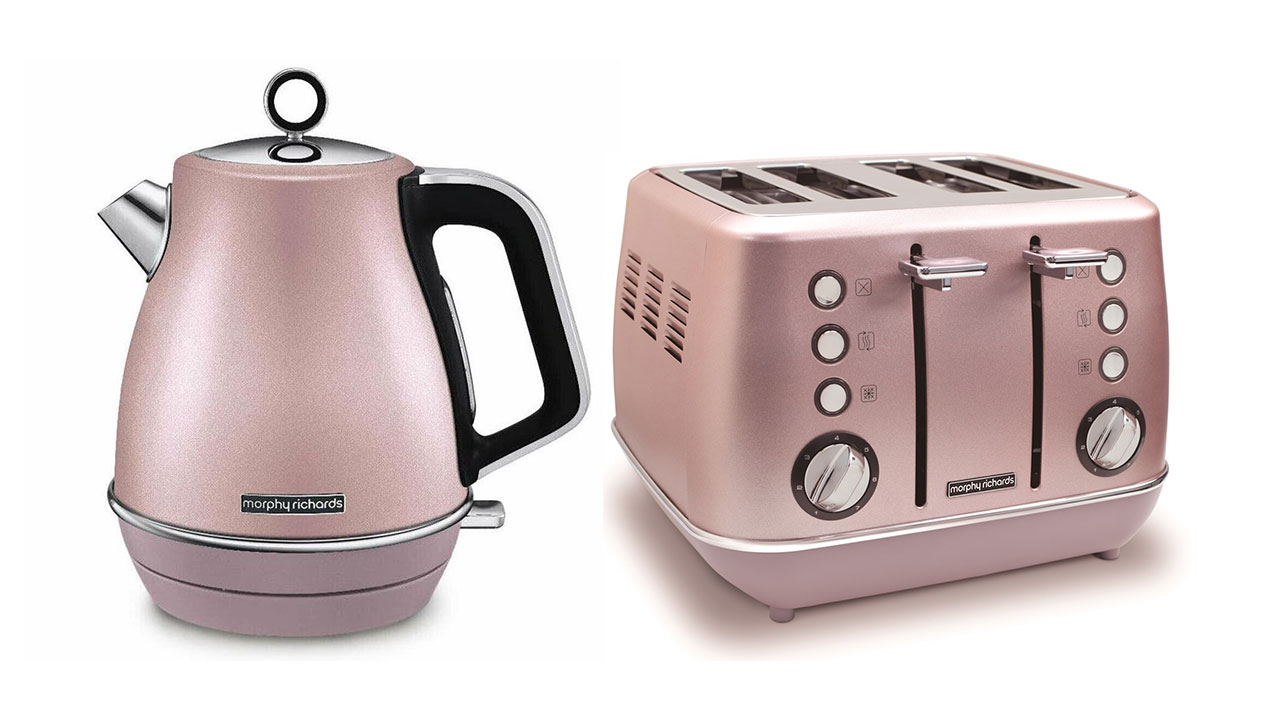
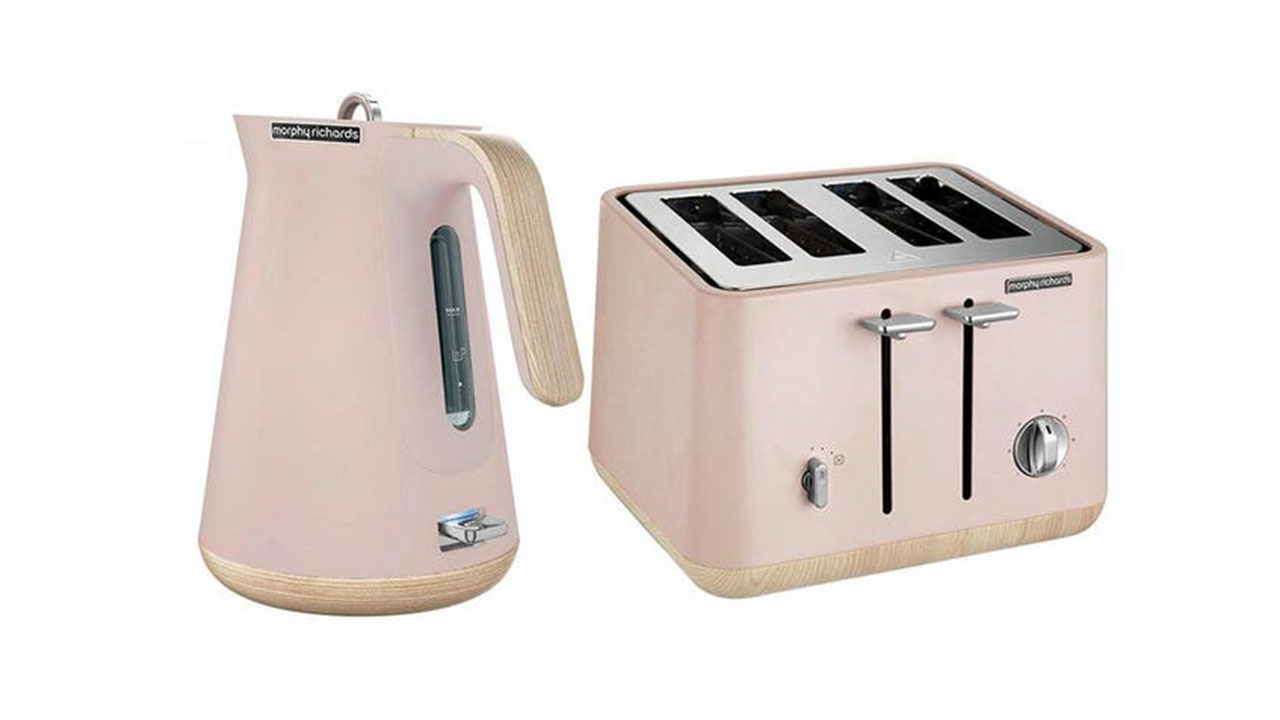


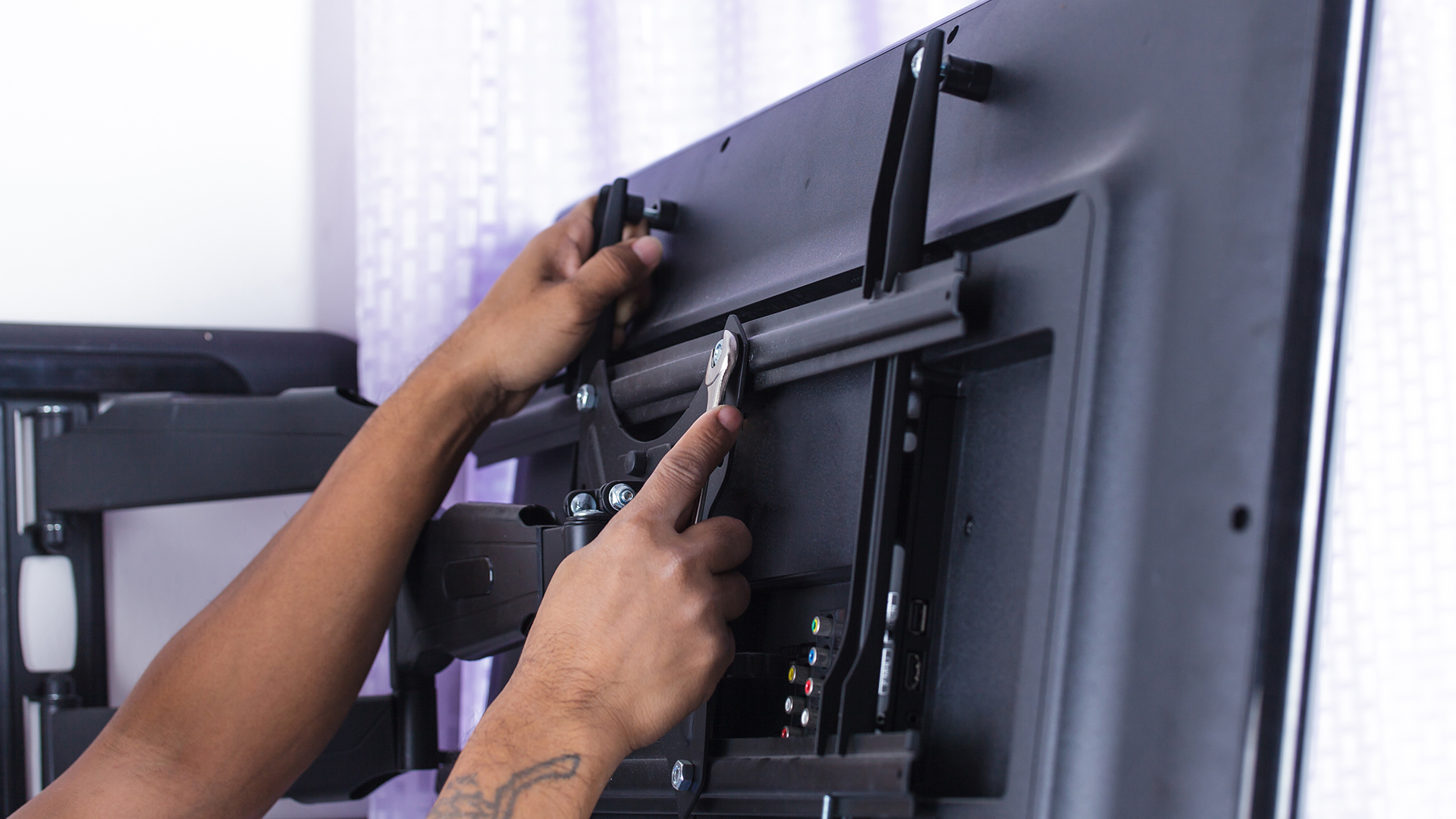
 Image: PeopleImages/ iStock
Image: PeopleImages/ iStock
 Image: Getty Images
Image: Getty Images
